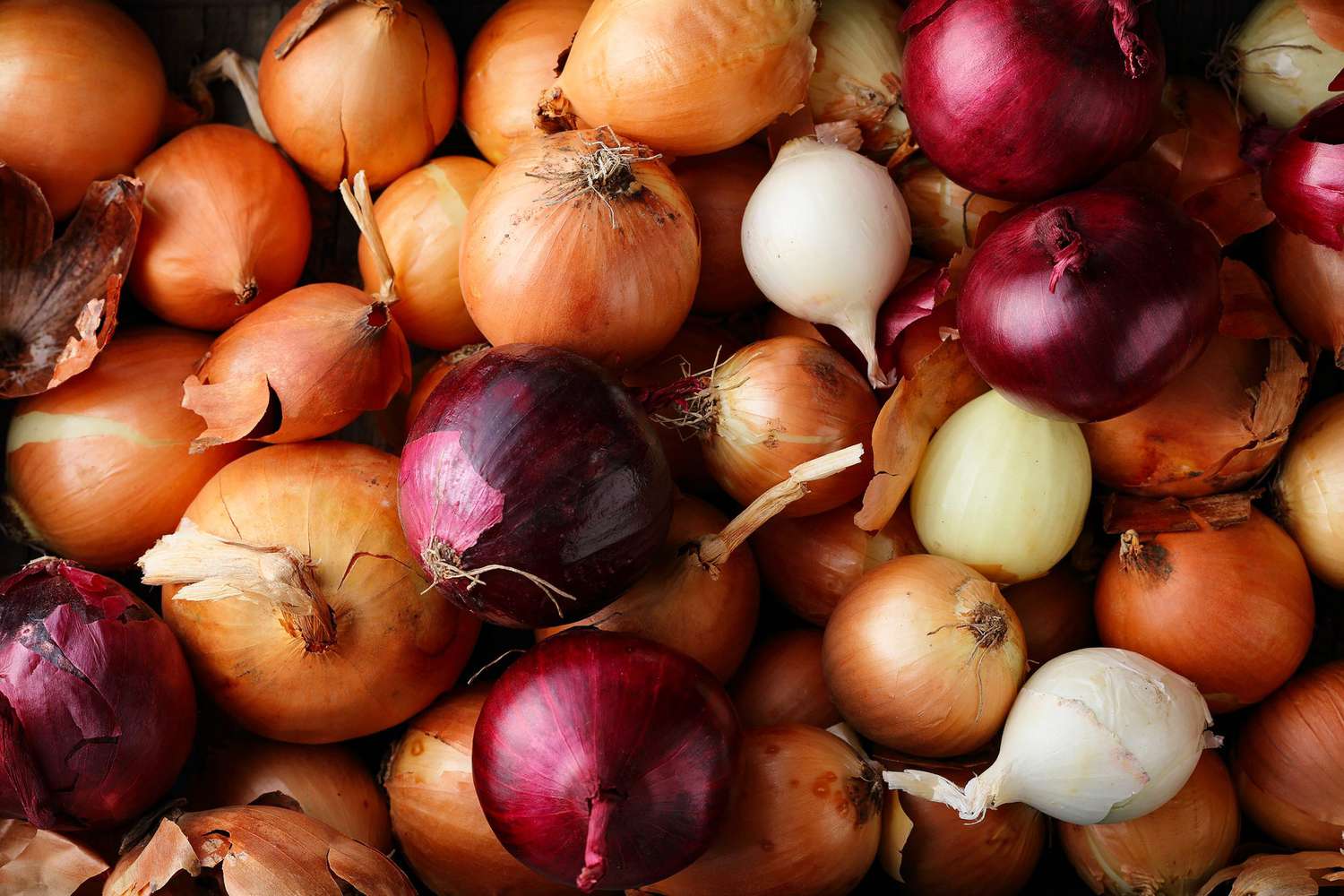Mastering the Art of Onion Farming in Kenya: A Comprehensive Guide

Are you in need of in-depth knowledge on onion and garlic production? If yes, we are a call away. Our service chatter includes: Onion seedlings, Garlic seedlings, Farm planning services, Soil testing, Drip irrigation installation and maintenance, Agronomic support, Onion and Garlic value pack and Farm management. For free consultation, placing orders or booking a visit with an agronomist, please contact us via Call or what’s app +254703982228, Email: Info@oniondoctor.co.ke.
Embark on a successful journey into bulb onion farming with this step-by-step guide. From site selection to crop management, learn the essential practices that will set you on the path to a thriving onion farm in Kenya.
Site selection :
Plant onions in easily broken soils that have high organic matter, that infiltrates, and have good water retention ability. You can manage this by farming on a sandy to silty loam soil. The ideal gradient of the farm should be flat or with a gentle slope. If you will be planting on a high surface or land cultivated on terraces. You need to plant in rows across the main slope. For onions to do well farm them on land with manure and crop residue from the previous season. Onions do well with well-decomposed organic manure.
Crop rotation:
Practice crop rotation by planting onions after legumes like beans, tomatoes, and cabbages. As a point of caution do not plant onions in one field for more than two farming seasons.
Crop management Transplantation Techniques:
Transplant onion seedlings at 6–8 weeks or when the base is pencil thick. Plant in rows, 2.5–3cm deep trenches, with 8–10cm spacing between plants. Irrigate the seedbed before harvesting for damage-free uprooting.:
Ensure to transplant the onion seedlings at 6 – 8 weeks after germination or at 3 to 5 well-formed leaves when the base of the plant is pencil thick. Plan the seedlings in 2.5 to 3cm deep trenches at a spacing of 3 centimeters between the rows. The distance between your plants should be about 8 to 10 centimeters apart. Make sure to irrigate your seedbed prior to harvesting the plants from the bed. This ensures the plants are transplanted without damage during the uprooting stage. To ensure a great transplant to maturity ratio irrigate the desired field a day before the transplanting day. Apply 80 kilograms per acre of TSP/DAP in the field. Carefully pull out the seedlings to avoid damage. Cut off 50 percent of the crop to hasten growth after transplanting.
Site selection:
Prepare land at least two weeks before the onset of rains. Doing this allows air into the soil and exposes pests that live in the soil o die. Ensure the soil is well prepared for proper germination and establishment of the crop. Break up all the big soil clods and remove weeds. Spread out well rotten manure at a rate of 10 to 16 tons per acre. This is easily estimated to be between 500 and 800 wheelbarrows. Mix the manure with the soil 30 days before transplanting.
Planting:
Plough and harrow a month before sowing and leave the land for a period without planting. Doing this will expose cutworms to their predators. To ensure the farm’s nutrient integrity rotate onions with beans, cabbages, or potatoes. Only use well-decomposed manure or compost since fresh compost and manure can hist cutworms. Use only clean seedlings/ seeds during the planting phase. Avoid using and planting successive onions and don’t plant onions on a farm after cabbages or kales. Soak the seedlings/bulbs in products containing dicofol like Acarin for 30 minutes before planting. You should source and plant resistant varieties like Red Passion F1 and Red Poney F1 to help you in disease management.
Onion Doctor supports small holder farmers across Africa with quality and affordable Onion and Garlic seedlings, Onion seedlings, Farm planning services, Soil testing, Drip irrigation installation and maintenance, Agronomic support, Onion and Garlic value pack, Farm management, E-extension and on-farm training for farmers to optimize on yields and get maximum profits.
